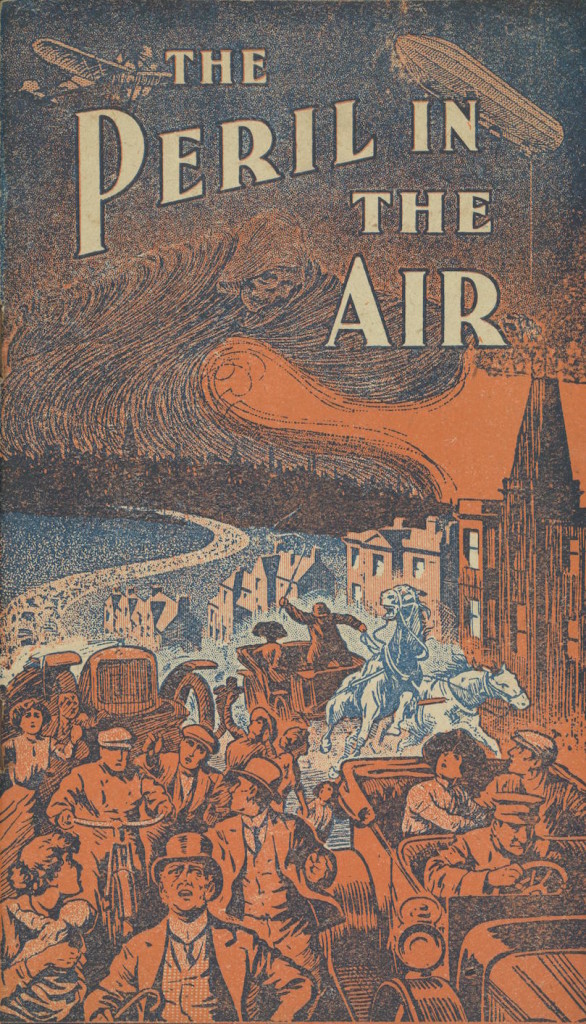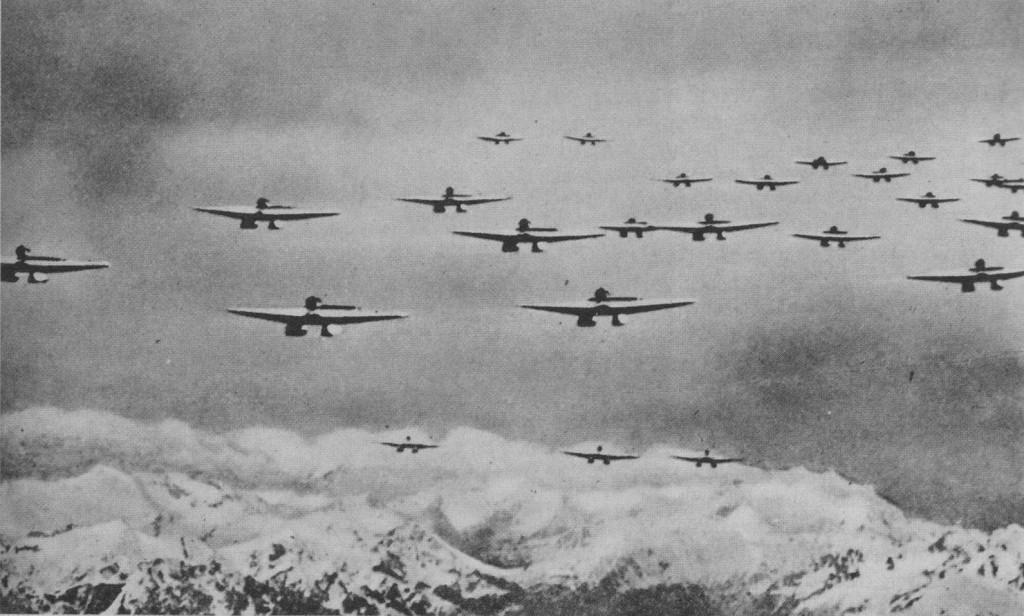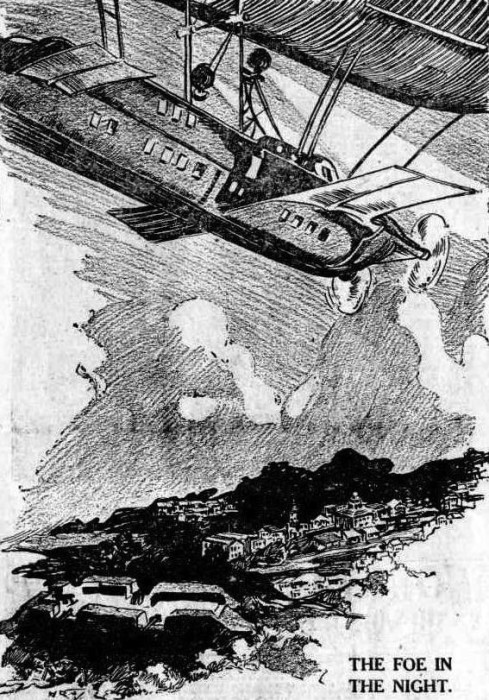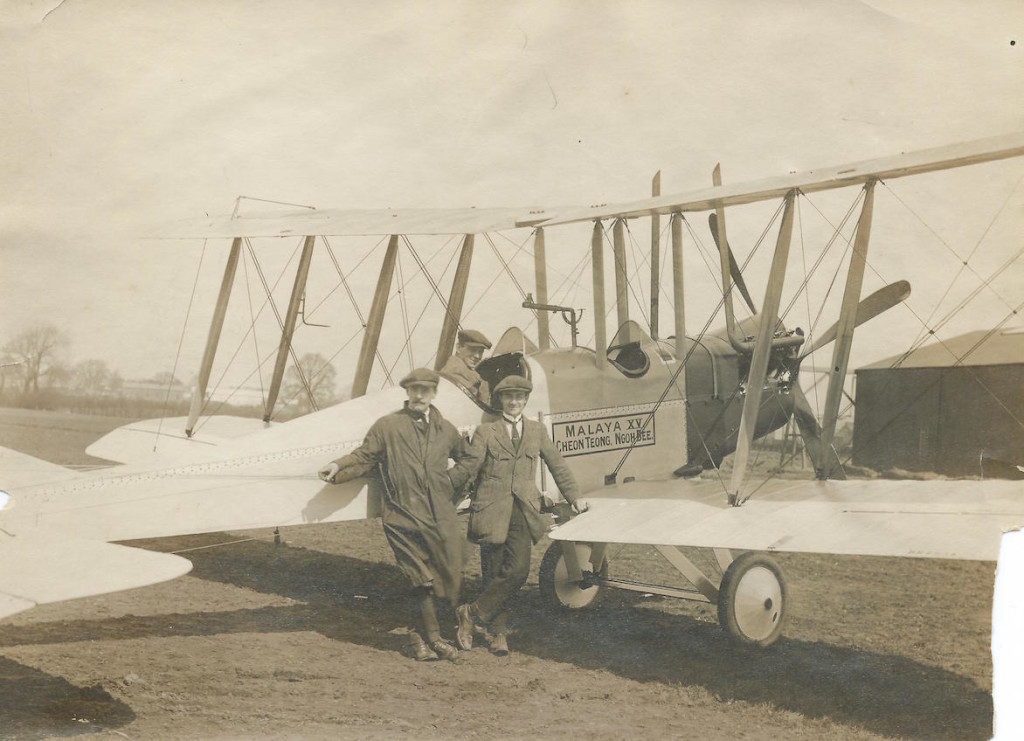The peril in the air
This could be the lurid cover of an Edwardian novel about the dangers of aerial bombardment, with an aeroplane, an airship and Death himself hovering over a great city, watching the terrified populace streaming outwards in panic: the first knock-out blow from the air. But it’s not. Instead it’s the lurid cover of an Edwardian […]





